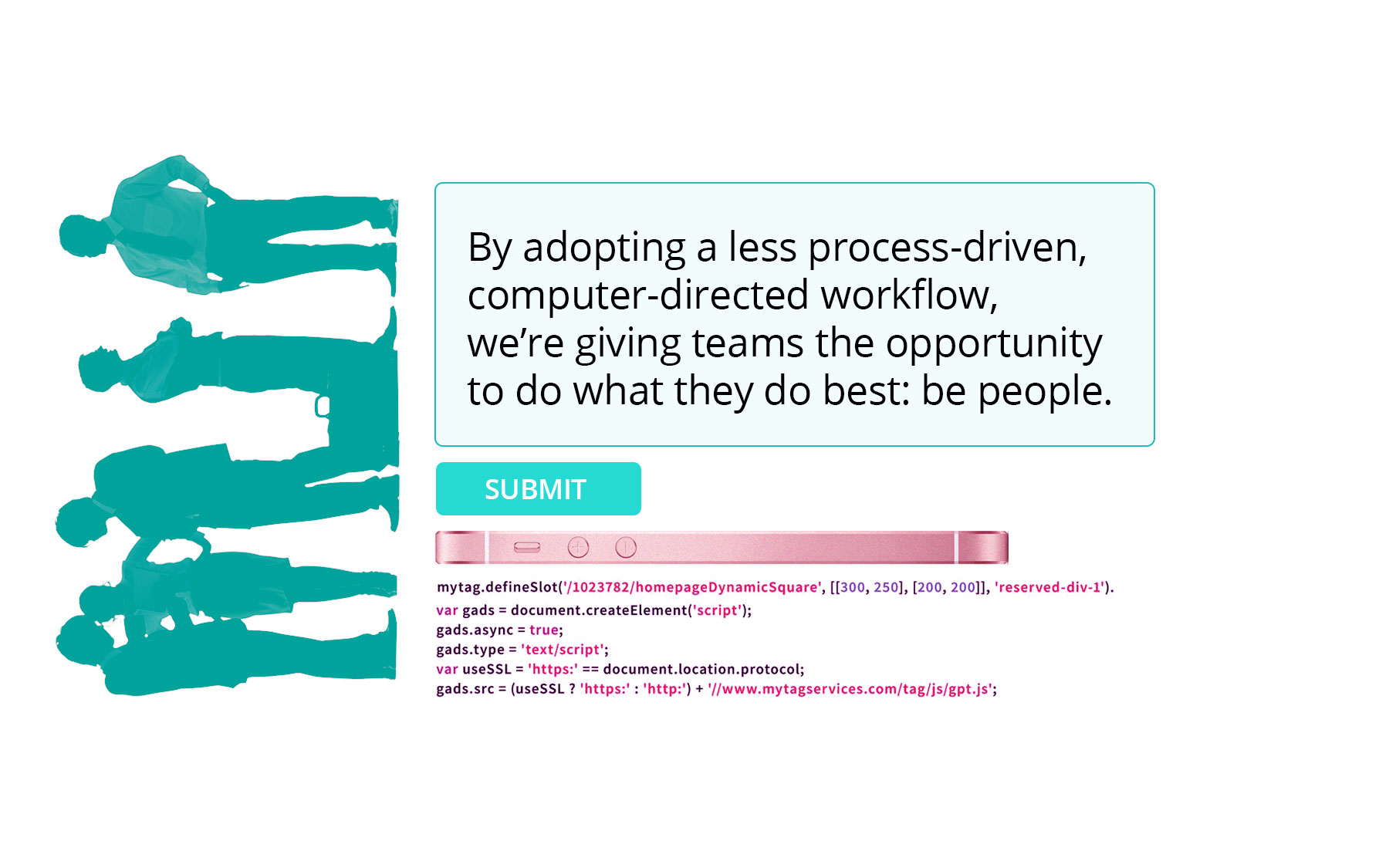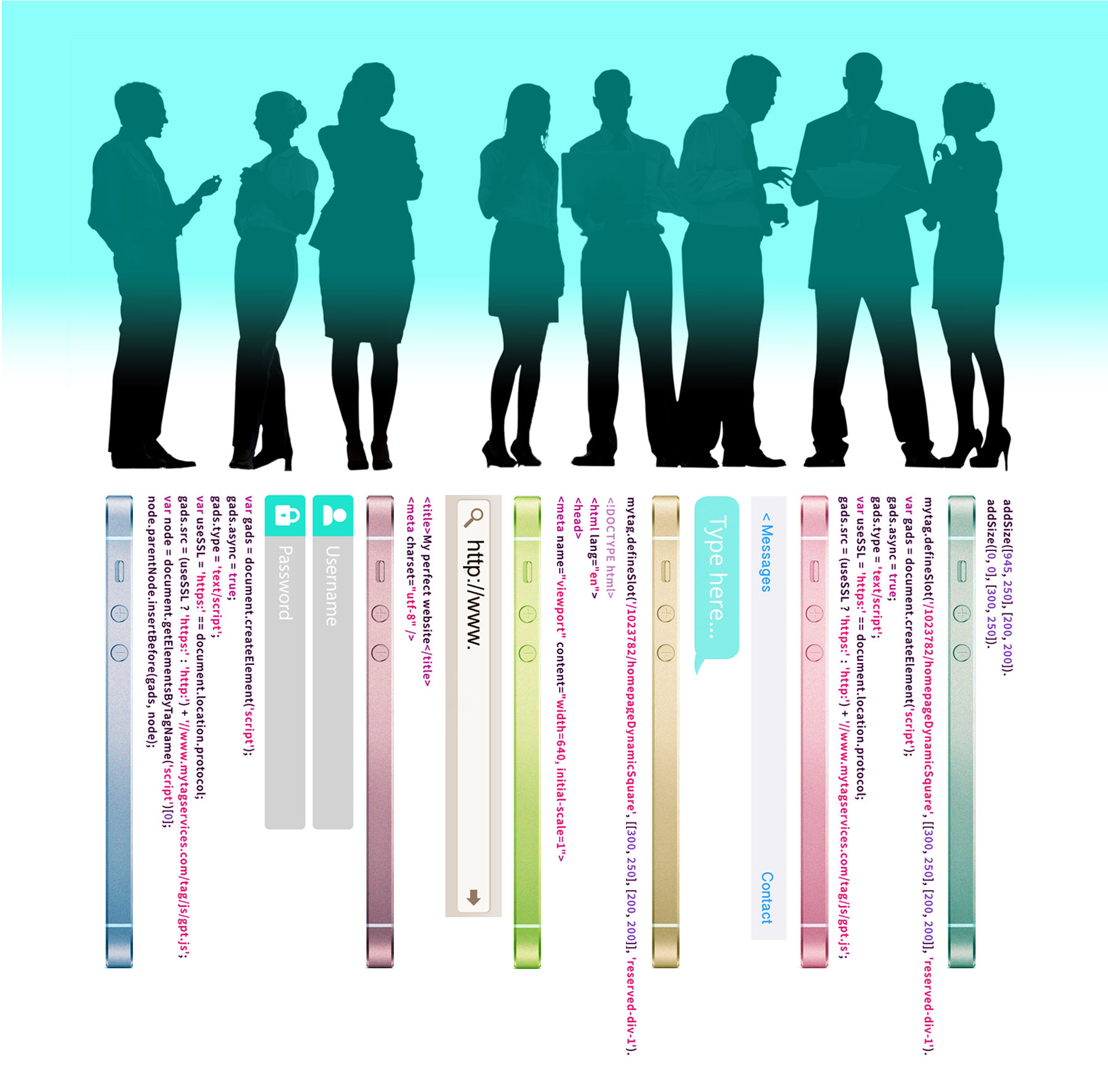Technology is great, but it’s a given: We expect technology in most of our business transactions — it would be odd not to use it. Technology, in and of itself, is no longer the differentiator; instead, it’s what we use it for, and how we use it to its best effect.
Today, it’s more about how you design the experience. Technology gives us the ability to reimagine the entire process — to move beyond “the way it’s always been done,” because the way it was done previously was dependent on the technology available at the time. Consider the booming rise of ridesharing companies as an example. The end product is still a taxi service, but technology has transformed the whole experience, making it far easier — for the customer, and for harvesting data essential to making further improvements into the future.
The insurance industry can learn from other sectors in how to deliver ease of use for all stakeholders (not just customers). On one hand, technology supports the claims process by offering more speed, better direct communication and more efficient data (e.g., system integration, automated workflows). It improves the customer experience by providing a more personalized, intuitive and effective interaction. It reduces handling costs and indemnity spend, and gives us greater analytical insight. But to really understand how to make things easier, we need to learn how people think and act; we can do this by applying the techniques of behavioral science.
Behavioral science and the claims process.
Claims result from disruptive events; for most individuals, thankfully, those events are rare. Whether it’s a brand-threatening major fire loss or a series of minor issues, claims have the potential — perhaps even the likelihood — to create work, confusion, frustration and delays. This happens because people often don’t have a full understanding of how the process works; they lack what we call a “mental model” for what’s supposed to happen. Add that to an already stressful and unfamiliar situation and it’s easy to see why some claimants struggle to adhere to the process, which was inherently designed to serve and suit the technical needs of the claims handler or carrier.
If we’re not careful, that “understanding gap” could grow into a “motivation gap” as well. Claims professionals are driven to settle claims quickly; that’s not always the case for customers, who may not feel the same sense of urgency to provide important information or take action necessary to keep the claim moving forward.
Behavioral science allows us to design communication, processes and technology that help the customer understand the situation, and to influence their motivation to take action. This benefits everyone involved by increasing customer satisfaction even as it reduces the time and cost to settle the claim.

How can we improve customer understanding?
- A clear mental model gives customers “the big picture.”
- Describe processes first in high-level, simple categories: “We’ll start with the ‘assess’ phase, then ‘prepare,’ then ‘restore’” — and then share the necessary details: “The first phase, assess, involves the following…”
- Focus on key topics and one decision at a time.
- It keeps customers from shutting down under stress or disinterest.
How can we improve customer motivation?
- A clear ask creates a sense of clarity and simplicity.
- Avoid industry jargon; be prescriptive and succinct.
- Social proof provides the comfort of commonality.
- Help them see where others have had a similar experience.
- Grow confidence by focusing on attainable goals.
- Lay out straightforward, step-by-step tasks.
- Minimize loss aversion by highlighting as many “gains” as possible.
- Stay forward-looking instead of focusing on the pain of loss.
- Reciprocity demonstrates that we’re here to help, and equally invested.
- By shifting the message from “you need to do this for us,” you’ll change the recipient’s motivation and improve response rates.
Tangible results
Sedgwick is engineering change in how our own colleagues approach claims resolution. By adopting a less process-driven, computer-directed workflow, we’re giving our teams the opportunity to do what they do best: be people. People with real-world experiences. People who care and connect. Here’s a look at notable improvements we’ve seen in programs where we’ve applied behavioral science to our messaging:
- By redesigning our communications and messaging process for water damage claims, we’ve seen a 50% reduction in complaints and a 15% reduction in customer effort.
- With building damage claims, we needed to create a better mental model for customers to tackle customers’ perceived dissatisfaction because expectations weren’t clear. Since redesigning the process, we’ve seen a 43% improvement in response times, and a 37% improvement in time to conclude.
- By changing just two words to an outgoing mail message on a third party administration (TPA) account (adding “your claim”), we saw a 14% reduction in inbound calls, representing a reduction in customer effort.
- Reviewing the handling of storm claims, we found that the underlying cause of much delay and dissatisfaction was customers’ unrealistic expectations of the process. Uncertainty also led to delays in accepting settlement offers. By changing our initial communications to the customer, we established an appropriate mental model of what needed to happen and what the customer could expect. We also changed how we explained settlement offers, making it quicker and easier for them to review with others before acceptance. These changes led to a 129% improvement in the number of cases settled within 10 days and a 24% reduction in the overall average settlement time for all claims*. Where claims were declined, we saw a 22% reduction in the number of complaints.
*total sample size = 1,932 claims
And the best part? Changes to messaging are comparatively cheap, with no major technology overhaul needed, making it a quick and practical application.

Striking a balance between human and digital
It’s true that automation is not just helpful to our industry, it’s critical. It greatly reduces human error, it quickens progress and it frees people up to contribute in much more high-value, human-touch ways. It also allows claims professionals to focus on more meaningful work that can have a greater positive impact on outcomes.
By using behavioral science to reimagine how we design and use technology, we can bring about real change in how we resolve claims: less process-driven workflow for our claims professionals gives them the opportunity to do more than simply check items and tasks off a to-do list or provide computer-generated answers — it allows our people to solve people’s problems.
